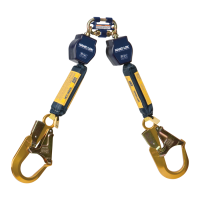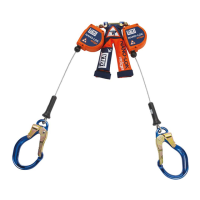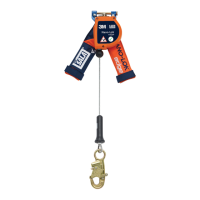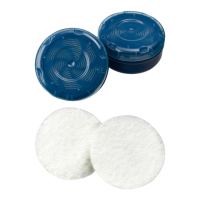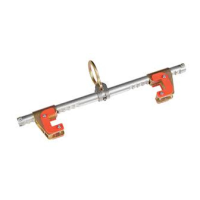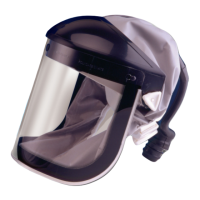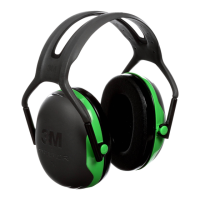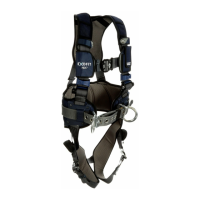16
Figure 10
Figure 18 – 7.
Figure 19 –
4.0 USE
4.1 BEFORE EACH USE: Verify that your work area and Fall Protection system meet all criteria dened in these instructions.
Verify that a formal Rescue Plan is in place. Inspect the product per the ‘User’ inspection points dened in the “Inspection
and Maintenance Log”. If inspection reveals an unsafe or defective condition, or if there is any doubt about its condition
for safe use, remove the product from service immediately. Clearly tag the product “DO NOT USE”. See Section 5 for more
information.
4.2 AFTER A FALL: If this equipment is subjected to fall arrest or impact force, remove it from service immediately. Clearly
tag it “DO NOT USE”. See Section 5 for more information.
4.3 OPERATION: Before using an SRD, the worker will need to secure the SRD to an anchorage connection point and an
attachment element on their full body harness. Once secured, the worker may move within the established safe working
area at normal speeds. During use, always allow the SRD lifeline to recoil back into the device under control.
4.4 TAGLINES: Depending on the worksite and system conguration, the user may not always be able to reach the SRD at
its anchor point. In these situations, a tagline may be necessary. A tagline is a long piece of cord that loops through the
bottom connector of the SRD before looping back in on itself. When connected in this way, the user can raise or lower the
bottom connector of the SRD to their location by pulling on the tagline.
;
Ensure the free end of the tagline does not become entangled with other workers, equipment, or machinery. If
necessary, restrain the free end of the tagline.
4.5 USING TWIN-SRD MODELS: Twin-SRD models, when mounted on a harness, may be used for Fall Arrest or Restraint
applications. Additionally, Twin-SRDs may be used for climbing applications, such as ascending or descending a rebar
structure. Twin-SRDs enable the user to maintain 100-percent tie-off when moving between anchorage points. As long as
one SRD is secured to an anchorage point, the user may disconnect the other SRD and move it to a different anchorage
point. By disconnecting and reconnecting each SRD in turn, the user may travel along a surface and still maintain tie-off
during movement.
The user must always consider the following before using a Twin-SRD:
• When in the vicinity of a fall hazard, the user must always have at least one SRD connected to an anchorage point.
Never connect both SRDs to the same anchorage point. See Figure 11.1 for reference.
• Each individual anchorage point must be strong enough to meet the anchorage requirements listed in Table 1.
• The individual SRDs must only be used to secure to anchorage points. Never secure two workers via the same
system. See Figure 11.2 for reference.
• The lifeline of each SRD must always be kept free from obstructions and entanglement. Do not pass either SRD under
arms or between legs during use.
7
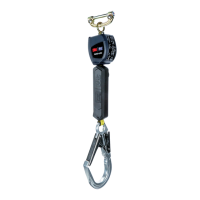
